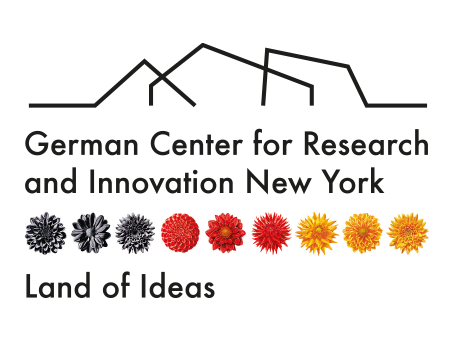DWIH Focus Topic 2020: Cities and Climate
 © Kiyoshi Hijiki_Getty Images
© Kiyoshi Hijiki_Getty Images
In 2020, the German Centers for Research and Innovation (DWIH) will be engaging intensively with their annual focus topic of “Cities and Climate.” Located in five of the world’s leading cities, they serve as exceptional platforms for collaborative progress.
Metropolises are causing climate change. Resource consumption, emissions and waste volume are extremely high in cities. But metropolitan areas are also largely responsible for the development of innovative technologies, which are brought to market maturity and application through economic strength. Because of their intellectual and creative potential, large cities are key players in the fight against climate change.
Annual focus topic of the global DWIH network
For 2020, the Board of Trustees of the DWIH network has selected “Cities and Climate” as the overarching annual focus topic for the five DWIH in New York, São Paulo, Moscow, New Delhi and Tokyo. Together with its supporters, each DWIH will organise events relating to this theme and, by providing relevant information and dialogue opportunities, will create scope for follow-up activities.
Cities and Climate is the DWIH network’s annual focus topic
Further information about the selection of the DWIH focus topic for 2020 can be found on the website of the DWIH network.
Climate Protection in US Cities and States
Although the US Government led by President Donald Trump is withdrawing from the Paris Agreement, climate protection is nonetheless an important goal for numerous American states and cities. California plans to be carbon-neutral in terms of its energy utilization by 2045, while the State of New York intends to achieve this same target by 2050. One of the ways in which US and German states share ideas and experiences is via the Transatlantic Climate Bridge. Twelve US cities, from Los Angeles to New York, are members of the global C40 Climate Leadership Group, as are the German cities of Berlin and Heidelberg.
New York blazes new trails
The City of New York enacted a “Climate Mobilization Act” to reduce greenhouse gas emissions of buildings by 40 percent by 2030 – currently, almost three quarters of urban emissions are still generated by buildings. New York’s plans to produce energy are also ambitious: by 2030, the city intends to obtain 70 percent of its electricity from renewable sources. From a panel in New York about sustainable architecture to a conference in Chicago focusing on the topic of city and climate, the DWIH New York is contributing to the dialogue about future-proof solutions.
